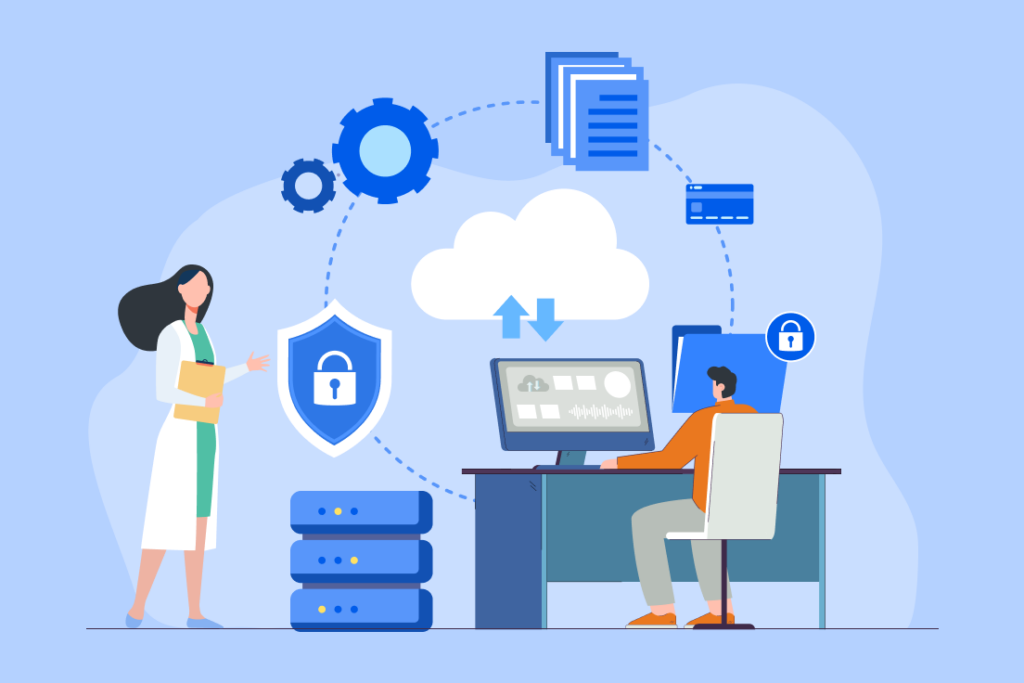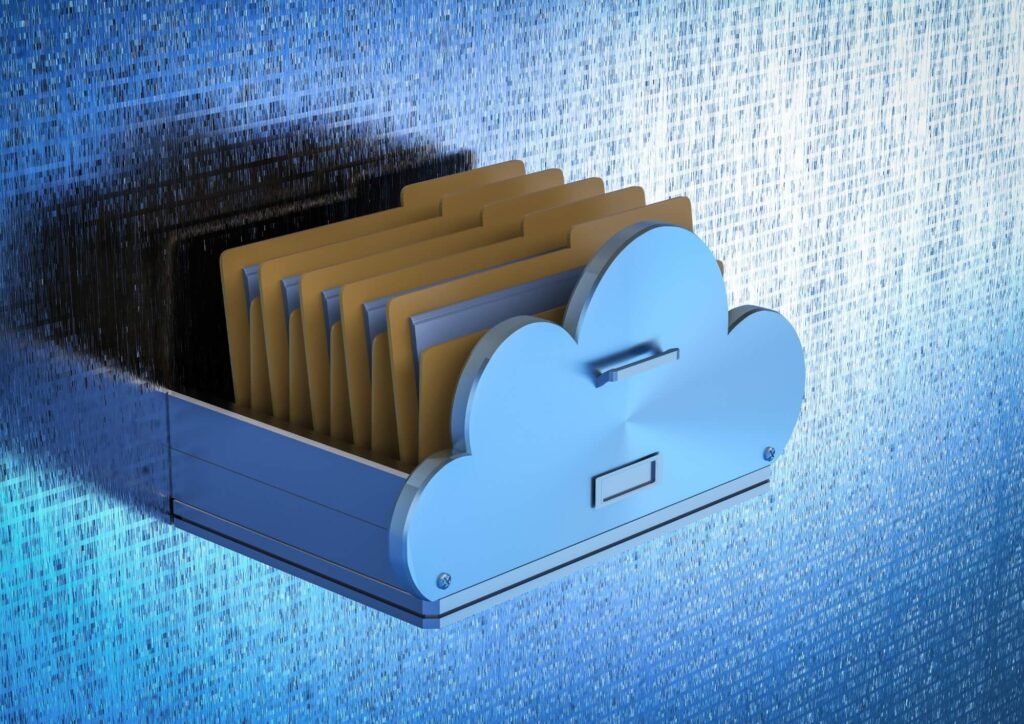In today’s digital healthcare landscape, the shift toward cloud based medical record storage represents one of the most significant technological transformations our medical institutions face.
But what happens to our sensitive health information when it moves from traditional servers to the vast digital clouds above?
The Healthcare Cloud Revolution: More Than Just Storage
Think about it – your medical history used to sit in manila folders, tucked away in filing cabinets. Now?
It’s zooming through digital highways, accessible at the touch of a button. Exciting? Yes. Scary? Maybe a little.
Key Benefits of Cloud Migration in Healthcare
Enhanced Accessibility
- Real-time data access for healthcare providers
- Seamless sharing between departments
- Reduced wait times for patient information
Cost Efficiency
- Lower infrastructure maintenance costs
- Reduced need for physical storage
- Pay-as-you-go scalability options
Disaster Recovery
- Automated backup systems
- Geographic redundancy
- Minimal downtime during emergencies
Security Challenges: The Double-Edged Sword
Let’s face it – putting sensitive health data in the cloud can feel like walking a tightrope. Here’s what keeps healthcare IT professionals up at night:
| Security Challenge | Impact | Mitigation Strategy |
| Data Breaches | Compromised patient privacy | Enhanced encryption protocols |
| Unauthorized Access | Potential HIPAA violations | Multi-factor authentication |
| System Downtime | Interrupted care delivery | Redundant systems implementation |
| Compliance Issues | Legal and financial penalties | Regular audit trails |
The Human Factor
You might have the most sophisticated security systems in place, but guess what? Sometimes, the biggest vulnerability is sitting right in front of the computer screen. (Yes, we’re looking at you, healthcare professionals!)
Training and awareness become crucial. Here’s why:
- 82% of data breaches involve human elements
- Password sharing remains a common practice
- Mobile device usage creates new security gaps
Compliance in the Cloud: Walking the Regulatory Tightrope
HIPAA compliance doesn’t take a vacation just because you’ve moved to the cloud. If anything, it becomes more complex. But don’t worry – we’ve got you covered.
Essential Compliance Measures
Data Encryption
- At-rest encryption
- In-transit protection
- End-to-end security protocols
Access Controls
- Role-based access
- Regular permission audits
- Activity monitoring
Documentation
- Detailed audit trails
- Incident response plans
- Regular compliance reports
Best Practices for Secure Cloud Migration
Ready to take the plunge? Here’s your security checklist:
Pre-Migration Assessment
- Evaluate current security measures
- Identify potential vulnerabilities
- Document compliance requirements
Choose the Right Partner Make sure your cloud provider:
- Understands healthcare compliance
- Offers robust security features
- Provides 24/7 support
Implementation Strategy
- Phase-by-phase migration
- Continuous testing
- Regular security updates
The Future of Healthcare Data Security
Imagine this: AI-powered security systems predicting breaches before they happen. Blockchain ensuring tamper-proof medical records.
Quantum encryption making data virtually unhackable. Sounds like sci-fi? It’s closer than you think.
Emerging Technologies
Artificial Intelligence
- Anomaly detection
- Behavioral analysis
- Automated threat response
Blockchain Integration
- Immutable audit trails
- Secure data sharing
- Patient-controlled access
Zero-Trust Architecture
- Continuous verification
- Minimal access principles
- Enhanced monitoring

Making the Transition: Your Next Steps
Ready to embrace the cloud but feeling overwhelmed? Start small:
Assess Your Current State
- What data do you have?
- Where does it live?
- Who needs access?
Build Your Team
- Include IT specialists
- Involve healthcare practitioners
- Consult security experts
Create Your Roadmap
- Set realistic timelines
- Define success metrics
- Plan for contingencies
The Bottom Line
Cloud migration in healthcare isn’t just about moving data – it’s about transforming how we protect, share, and utilize sensitive medical information.
Yes, there are challenges. Yes, there are risks. But with proper planning, robust security measures, and ongoing vigilance, the benefits far outweigh the concerns.

